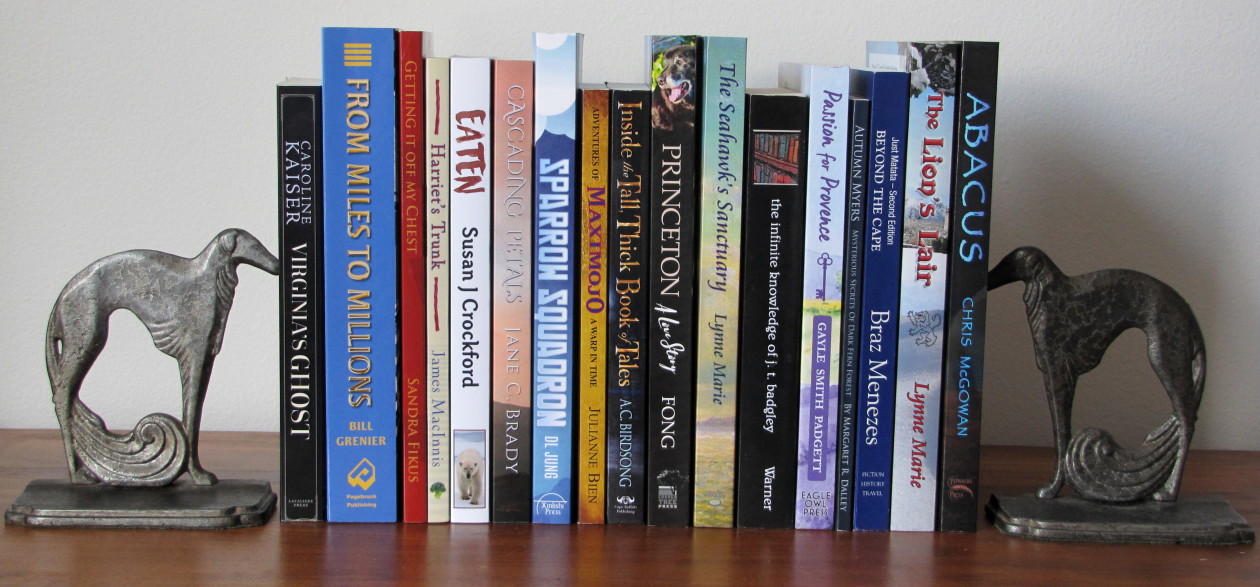Last month, I gave a workshop aimed at self-publishing authors about hiring editors, and naturally we covered pricing. I told the workshop attendees that many editors charge by the hour. In estimating costs, they’ll first determine how many pages per hour they can edit by reviewing a sample of the author’s manuscript. (By “page,” I mean a standard double-spaced 250-word page.) Seven to eight pages per hour is quite brisk, whereas two to three is deathly slow. I went on to describe what makes an editor’s pages-per-hour rate plummet, thereby causing editing costs to rise.
What factors can add to editing costs? An obvious one is the quality of the writing. I’ll be honest–truly awful writing is mind-twistingly difficult to edit and time-consuming. The reasons for awful writing vary, of course. Sometimes the author’s first language is not English, which results in incorrect spelling, cumbersome syntax, and a sometimes amusing mangling of English idioms. If ESL isn’t the issue, the writer may have been daydreaming through English class, never learning the rules or thinking they’d be needed. Whatever the cause of awful writing, an experienced editor often has a knack for figuring out what these writers are trying to say and can edit their work. In extreme cases, bad writers need to go back to school to learn the basics of expressing themselves before they can even be edited.
One thing I told my workshop attendees was to always submit the best work they’re capable of, as this will save them money. Submitting your best possible work means slaving away at multiple drafts to work out structural issues before getting any line editing done. (By the way, if you’re a writer and don’t think you need to work hard, I urge you to reconsider your chosen path.) Under the category of disheartening are those clients who submit their first drafts for line editing. No first draft is ever ready for such late-stage editing. It’s a different matter if the editor is providing a manuscript evaluation, as direction for a rewrite can be based on the initial draft. Remember that no matter who writes them, first drafts are invariably lousy. But like some sort of unattractive foundation garment, they need to exist before anything else can be layered on top. Once they’ve served their purpose, though, hide them away at the back of the drawer!
Aside from submitting your most polished prose, how else can you cut costs? For one thing, keep your formatting standard. Use a standard font such as 12-point Times New Roman or Courier. As well, double space your text and indent your paragraphs. Take out any extra line spaces between your paragraphs. Keep the left margin justified and set margins all around to one inch. Start new chapters on new pages. Keep spacing between headings and body text consistent throughout the text. If you don’t do these things, your editor generally will, and it does take extra time.
Avoid the temptation to design your book in Word; a professional designer will do this after the editing phase is finished. Some authors love to play with multiple fonts in Word, resulting in a dog’s breakfast of bizarrely incompatible text styles. As well, it’s not unusual to find authors using multiple formatting tools–colour, bold, underlining, and all caps–to emphasize particular words. (Italics are all that’s needed to emphasize words, and even those need to be used judiciously.) Don’t festoon your manuscript with this sort of garish window dressing–it only distracts the editor from the content of your writing. As well, don’t do quirky things with your margins. Once, and for no good reason that I could determine, a client insisted on starting certain paragraphs about three-quarters of the way across the page, near the right margin, and I couldn’t dissuade her. Leaving such wildly unconventional stuff in your manuscript will only make it look amateurish, and your editor will need to spend a great deal of time undoing it. Simplicity of presentation is what impresses editors the most, and what makes your work appear professional.
The bottom line is this: you’ll save money on editing costs if you submit your most polished work and format your manuscript in standard, simple ways.

 Follow
Follow